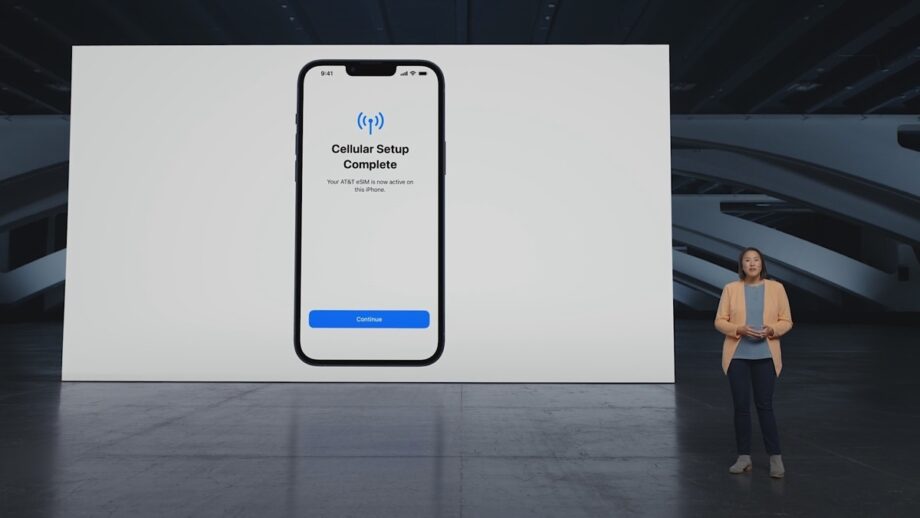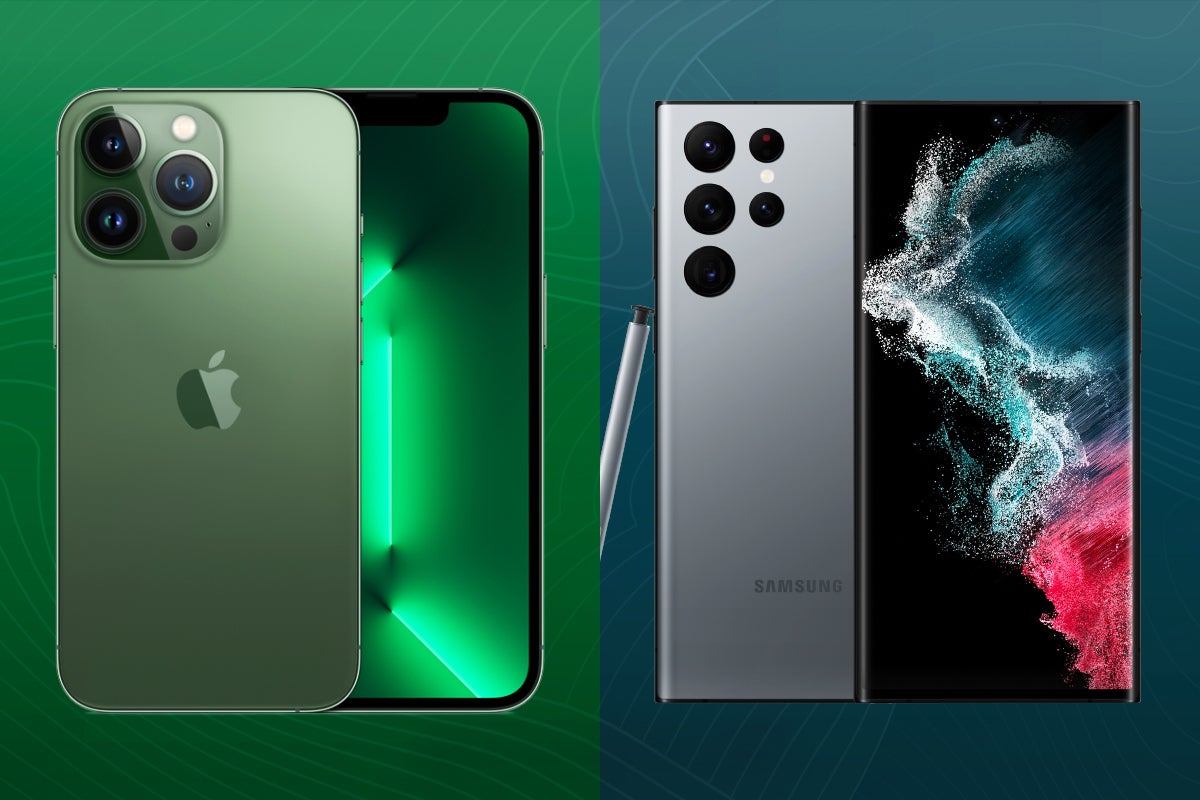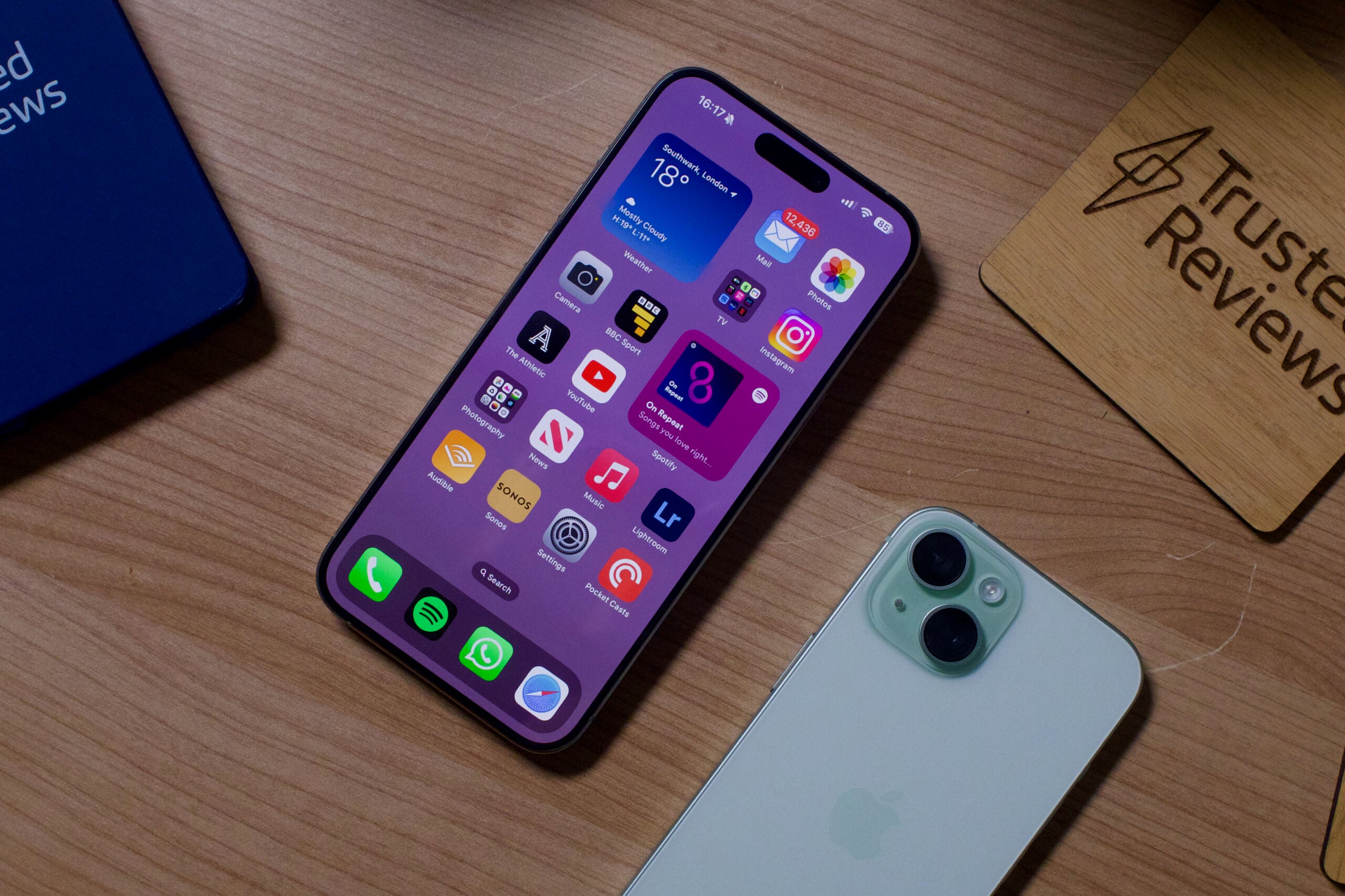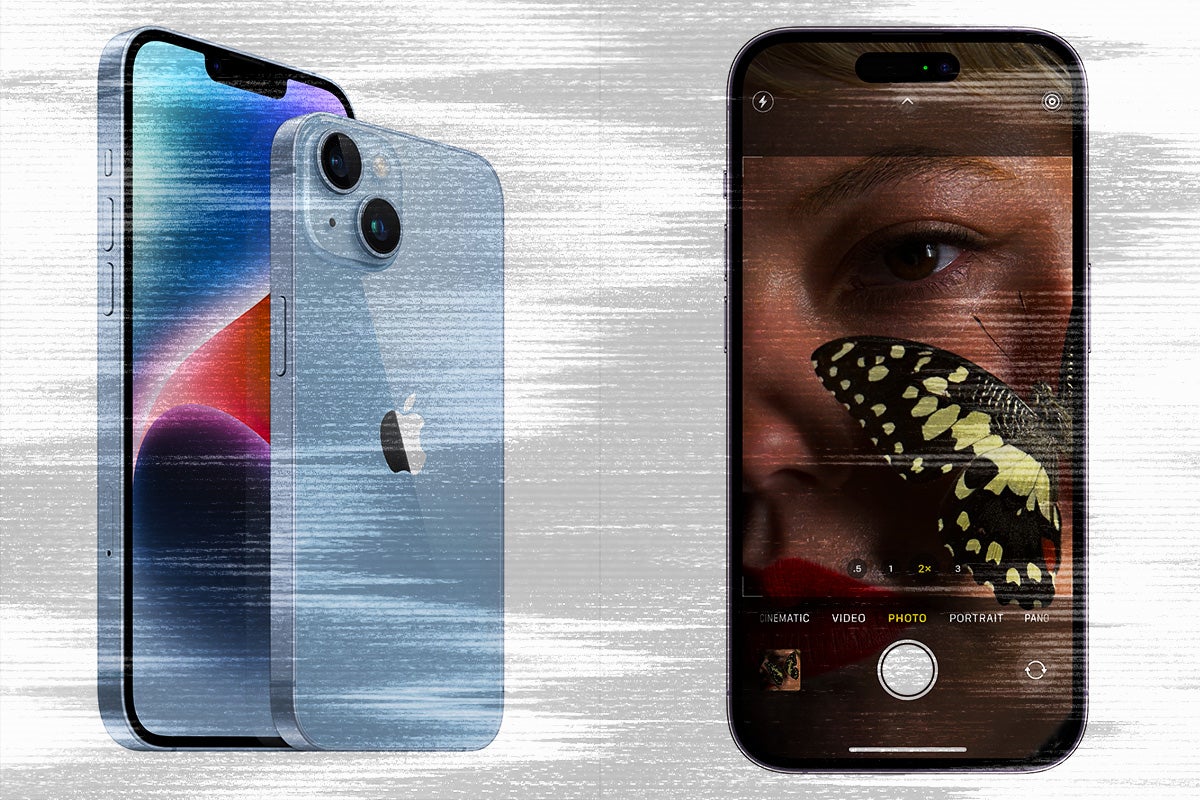Apple’s removal of the SIM tray could make it harder to save on the iPhone 14

OPINION: The iPhone 14 was revealed last week with Apple announcing a somewhat surprising change to the design. None of the models sold in the US will come with a SIM tray.
Apple’s reasoning for this is that eSIM is faster, more secure and allows for multiple cellular plans on a single device.
A few days ago, Chris Smith shared his qualms with this as someone who lives in the US and regularly switches out his SIM when he visits the UK.
However, this could also present a hurdle for users outside of the US. Here’s how Apple’s decision to remove the SIM tray could put a stop to any non-Americans hoping to snag an iPhone 14 for cheap.
It’s a little hidden fact that it’s cheaper to buy the iPhone in the US than it is to do so in the UK or Europe.
For example, the iPhone 14 will cost £849 in the UK and the iPhone 14 Plus, £949. Prices for the iPhone 14 Pro start at £1099, while the top-of-the-line iPhone 14 Pro Max will cost you £1199.
Compare that to the US prices and you’ll see the iPhone 14 costs $799, the 14 Plus is $899, the 14 Pro is $999 and the 14 Pro Max is priced at $1099. Those numbers may seem deceptively similar to the UK prices at a glance, but convert the dollars into pounds and the starting price for the iPhone 14 drops to around £692 and the Pro Max to around £952.
That means you could potentially save up to £247(-ish) on your next upgrade by flying to the US. Of course, the US figure doesn’t count in tax but, even with the extra charge, the iPhone should work out cheaper in North America.
This is a loophole shoppers have taken advantage of in the past. I spent a year studying in the US and personally know a few Europeans who waited until they flew overseas to upgrade their iPhones, taking advantage of the lower prices available to US buyers.
Generally speaking, it’s probably only worth the wait if you plan to be in the US anyway. Though one Twitter user did do the maths back in 2017 and discovered it’d be cheaper to fly to New York, buy the iPhone X there and fly back to Paris or Amsterdam than it would be to buy the phone in Europe in the first place, a plan that comes with the added bonus of spending the day in New York.
So, how will the jump to eSIM affect those willing to travel to the US for a better deal?
To put it simply, it’ll make it harder to guarantee a saving.
There’s a reason Apple hasn’t killed the SIM tray in the UK or Europe yet. Where many carriers in the US are prepared to offer eSIM plans, not everyone across the pond is on the same page, with budget carriers in particular still stuck on physical SIMs.
Three, VOXI, Giffgaff, Smarty and Tesco Mobile are just a small number of the more affordable networks not prepared to offer eSIM en masse at this point in time.
This means that, depending on your circumstances, it may now be cheaper to buy the iPhone 14 in the UK at a premium and sign up for a cheap plan than it is to upgrade your iPhone while in the US and be stuck paying the higher prices offered by the likes of EE, Vodafone, O2 or Virgin Media – the four UK networks that support eSIM – when you come back home.





